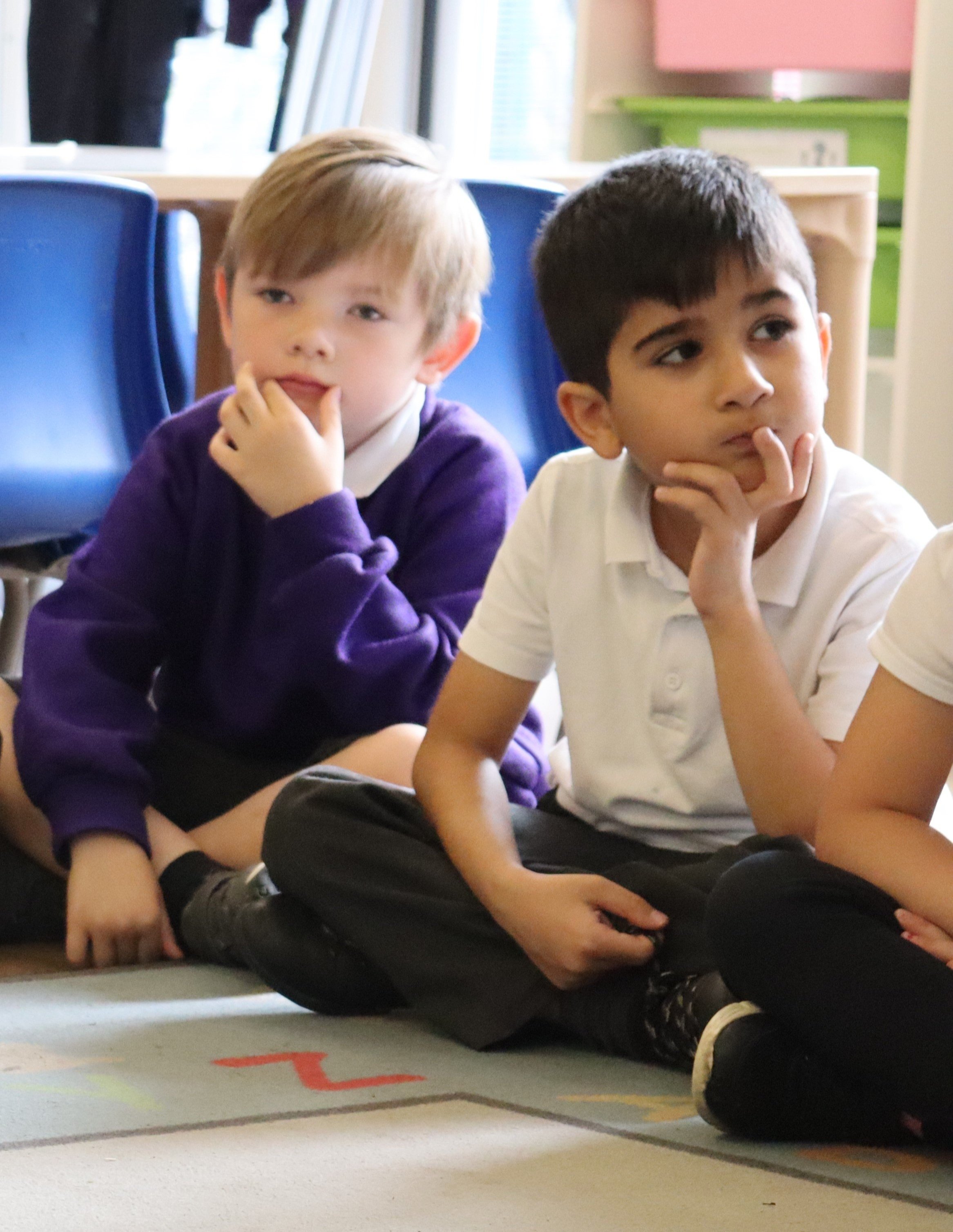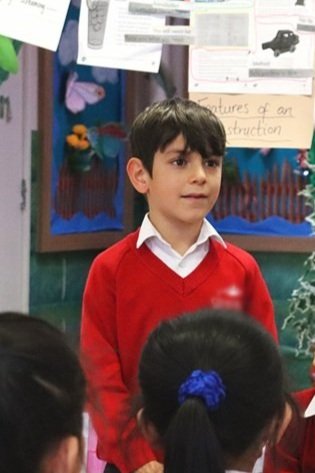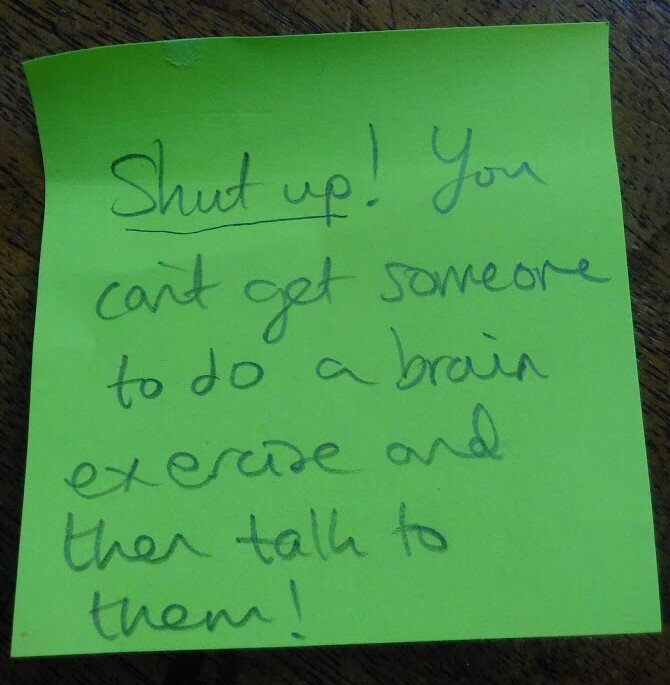
Four-year-olds thinking
We all know that thinking time is important. When working with young children, one way of familiarising them with the idea of thinking time is to draw attention to it for a few seconds. I like to say Show me your thinking faces.
By doing this frequently, even our very youngest students start to realise that having time to think is an essential part of learning; that it’s good to really think about a question before we start talking about the answer.
My top three strategies to make sure every pupil speaks during whole-class learning
Creating the conditions for productive dialogue online, just as we would in the classroom.
Simple-yet-effective techniques to get three year olds talking and keep them focused.
A book which will deepen your understanding of the power of listening.
Examples of what staff decided to do differently, after reading pupil voice about talk in their classrooms.
I’ve noticed it’s useful to provide Pupil Talk Prompts that enable them to ask for thinking time or help.
Lolly sticks are a really simple way to randomly select children, but like anything they need to be used properly.
Over the past few months I’ve been asking teachers whether they think P4C has changed them.
Pupil Voice is an important part of my Talk Audits; here are some recent responses when I asked Key Stage 2 children their opinions about Hands Up…
My provocation at Challenge Partners Conference, Blackpool, October 2016: What is more important: developing curiosity or measurable academic progress?

















